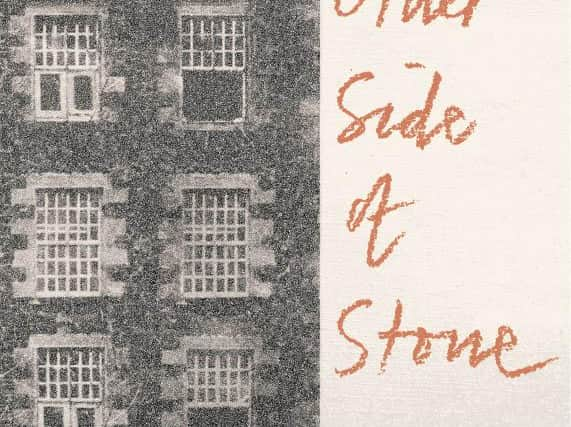Book review: The Other Side of Stone, by Linda Cracknell


Taking as its focal point an imposing 19th century mill building in Perthshire, Saltire-shortlisted author Linda Cracknell’s The Other Side of Stone is a remarkable novella, interweaving threads of disparate lives over two centuries. Just as the tweeds that are produced at the mill – first by rural workers and water power, later by deafening machinery – have their own unique weft and warp, so the loosely connected tales come together to create a satisfying whole, encompassing personal relationships, political upheavals and the shadow of war.
The physical presence of the mill building, cutting out light and belching out fumes, is oppressive, made more so by the dark flutterings of crows, ravens and jackdaws around the windows. The first story is that of a stonemason working on the construction of the mill in 1830. Steeped in Gaelic folklore and, like the other villagers, “quite bespelled by the thing clambering towards the heavens in steel and wood and stone,” he hides a mysterious symbol on the back of the mill’s date stone. This supernatural carving from Highland tradition takes the shape of a glaistig, or Green Woman, reputed to lure travellers from their path. Her spirit seems to take hold of the mill, demanding loyalty from those who work there, even if they will not profit from their labours, and extracting a price from those who defy it. It stands as a symbol of industrialisation, and is pitted against the natural world.
Advertisement
Hide AdIn 1913, a firebrand supporter of the suffrage movement rails against the mill and its hold on her foreman husband. Her fury at the unravelling of his principles and the strictures of her social position are all directed at the dark building opposite her cottage. She recalls May Day marches and demonstrations, when men supported their wives’ calls for universal suffrage, before the shadow of war changed perceptions and strike action seemed to shut the door to women’s rights.


In 1990 the mill bears witness to its last employee, holed up and defiant against the coming closure, against the backdrop of the death of the textile industry in Scotland. There is a quiet dignity about George, locking himself into an empty building to finish the last tweed, eking out his ration of biscuits and resisting appeals to see sense, in his attempt to preserve the knowledge of weavers built up over the decades.
Even after the mill has lost its original purpose, however, the story continues. The last in the line of the mill owners, James Knight, is sent to islands in the Indian Ocean to pass on traditional methods of textile production, but against competition from rayon mass-produced in Indonesia, his temporary respite from the mill in a place that seems like paradise can only leave him feeling like a failure.
Then, in the 21st century, there is a final twist in the tale as a well-meaning property developer converts the mill into flats for weekenders; the sense of foreboding is almost unbearable.
Each of the tales works as a stand-alone piece of writing, each a poetic rendering of a moment in time which, while focused on the mill, also reaches out to the major events of the era – the end of the slave trade, the bombing of factories on the Clyde or the Iraq War. Each voice is unique (the foreman’s embittered wife is a particular joy) and there is a huge amount of evocative detail. That said, The Other Side of Stone is not a sentimental book, but rather a portrait of a deeply poisonous building which taints everything it touches. A dark, satanic mill indeed.
The Other Side of Stone, by Linda Cracknell, Taproot Press, 145pp, £14.99
A message from the Editor:
Advertisement
Hide AdThank you for reading this article. We're more reliant on your support than ever as the shift in consumer habits brought about by coronavirus impacts our advertisers.
If you haven't already, please consider supporting our trusted, fact-checked journalism by taking out a digital subscription at https://www.scotsman.com/subscriptions